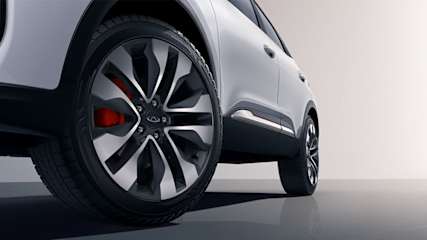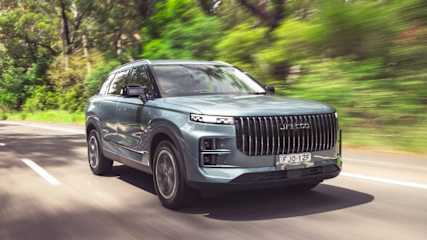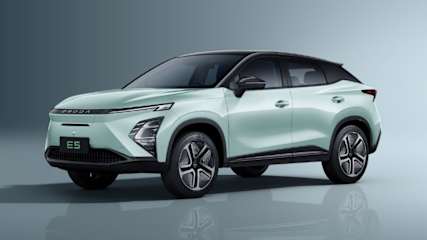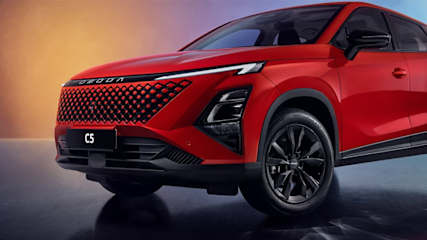All cars could be Chinese in Australia by 2040! The rise and rise of MG, BYD, GWM, Geely, LDV, Deepal, JAC, Chery and more | Opinion
By Laura Berry · 22 Mar 2025
The rapid and seemingly unstoppable expansion of Chinese carmakers is something to behold.But is it too far-fetched to think all cars will be Chinese within the next 20 years? Or is it naive not to see it as a strong possibility?For a long time I’ve thought the emergence of new Chinese cars in Australia and globally was the natural progression of the car industry. New brands morph from alternative fledgling brands to mature and established ones. We saw this with Japanese brands such as Toyota, Mazda, Mitsubishi and Nissan which gained popularity in the 1960s and ’70s before becoming established go-to brands in the 1980s and ’90s as they fought homegrown heroes Ford and Holden for space in Australia's driveways. And it stayed that way until the first decade of the 2000s ticked over.Holden and Ford’s ranges and sales shrank giving way to the Koreans who filled the gap with Hyundai and Kia which have climbed high into the top 10 thanks to an excellent range of SUVs and EVs.They’re now marching towards the only brands that stand in their way - Mitsubishi, Ford, Mazda and Toyota - which, by the way, have about three EVs between them.And given another five years Kia and Hyundai may have been able to topple Toyota from number one. But it might be too late for that. The presence of a large and fast-growing force is creating major uncertainty for the established brands in the Australian market - the rise and rise of Chinese brands. At the end of 2024 there were 12 Chinese brands operating in Australia and this year we’re expecting at least another seven to arrive. To put that in perspective we currently have a total of 50 car brands in Australia and nine are Japanese. By the end of 2025 the Chinese tally could easily be 20 brands or 30 per cent of Australia's brand make up.Several Chinese brands have been in Australia for years and have already done the hard yards. It took MG a couple of attempts to find a foothold but it was the seventh best-selling brand in 2024, while GWM came in at 10th. LDV is further down but still sold more than 16,000 vehicles here last year.The newer Chinese arrivals show huge promise with most of them offering affordable electric vehicles and plug-in hybrids when the established brands have only a handful among them, usually at higher prices.BYD, Zeekr, Leapmotor, Geely, Deepal, XPeng, Smart, JAC, Aion, Chery and Jaecoo will spend 2025 launching a multitude of new vehicles here. BYD will be one to watch having sold more cars here last year than Mercedes-Benz and it will likely enter the top 10 best sellers next year. Geely, which is the ‘Volkswagen of China’ in terms of its size and how many brands it owns, is another to watch.Chinese car manufacturers' speed of production, the development of new platforms and technology, the low cost of batteries, availability of electronics and the breakthroughs being made in charging systems, plus the sheer amount of money and Chinese government support behind them make competition almost impossible for many other brands.It’s almost certain that some established brands will bow out of Australia, unable to compete with Chinese brands. It’s also feasible that within the next decade more than half the Australian market could be made up of Chinese brands. And surely some Chinese brands won’t be able to cut it here and leave, too.Who could survive? Well, time has shown that even the mighty like Holden have fallen if they don’t make the cars people want to buy. The sheer brute force of Chinese brands being able to offer what people want quickly and at a low price, and at an always improving tech level could be too difficult for many other brands to fight off.In an extreme scenario this could lead to a 100 per cent Chinese brand market within 15 years. Sounds far fetched? Well they’re a third of the way there already.







.jpg)

